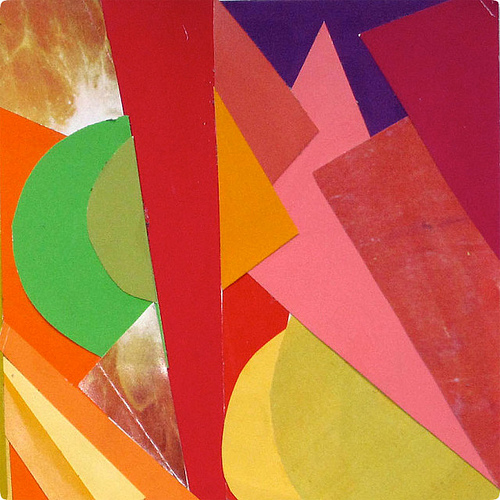In the past decade, a new style of music has wormed its way onto the music scene. While dubstep rose in popularity late in the first decade of the new millennium, with its driving, syncopated rhythms and epic bass drops, a completely opposite subgenre of quasi-electronic music also became popular. Chillwave, also known as glo-fi or shoegaze, is a much more ambient style that is reminiscent of popular music from the 1980s. It incorporates a lot of effects processing, sampling, use of synthesizers, and ambient background noise. Its slower tempos, light, ethereal vocals; relatively simple and singable melodies, and ample synthesized effects remind its listeners of the sounds of the summer, especially since its sudden explosion in popularity occurred during the summer of 2010.
Influences of the chillwave genre can be traced back to “synthpop” from the 1980s. The 1980s was the decade during which the synthesizer dominated popular music. Groups such as Depeche Mode and Pet Shop Boys utilized synthesized sounds in their songs and subsequently established themselves as some of the most influential artists of the synthpop genre. The synthesizer is rather noticeable in Pet Shop Boys’ 1986 track “West End Girls,” for example.
Although chillwave did not become exceedingly popular until about halfway through the year 2010, certain bands and their specific albums are considered, by many, to have foreshadowed the birth of chillwave during the previous decade. For example, Panda Bear’s Person Pitch (2007) and Animal Collective’s Merriweather Post Pavilion (2009) were particularly instrumental in their influence of the chillwave movement. Both bands make use of ambient background noises and singable, repetitive, and down-tempo melodies but are not defined by quite the same hazy, psychedelic sounds of the actual chillwave movement.
Three bands/artists are considered to be the most prominent representatives of the chillwave trend: Neon Indian, Washed Out, and Toro y Moi. Neon Indian is Alan Palomo’s band. The latter two names are solo artists; Washed Out is Ernest Greene’s solo project, while Toro y Moi is the stage name of the producer and recording artist Chaz Bundick. All three artists released albums between 2009 and 2011. Although these albums employ many of the same techniques, their individual characteristics are distinctive enough from one another that they don’t sound terribly much alike. Neon Indian’s debut album, Psychic Chasms (2010), and sophomore release Era Extraña (2011) are characterized by upbeat tempos and trippy, psychedelic static noise. Washed Out’s style can be described as much slower and more folksy that that of Neon Indian. Finally, Toro y Moi places slightly more emphasis on vocals than on synthesized background noise.
Rather than emerge from a single city or geographical region, like most musical movements tend to do, chillwave appeared in many places, simultaneously. Washed Out was formed in Georgia; Toro y Moi came about in South Carolina, and Neon Indian had its beginnings in Denton, Texas. Interestingly enough, a number of bands and solo artists who had never seen, collaborated with, or even heard of one another somehow managed to gravitate towards similar styles and create an entirely new category of music.
More chillwave!
